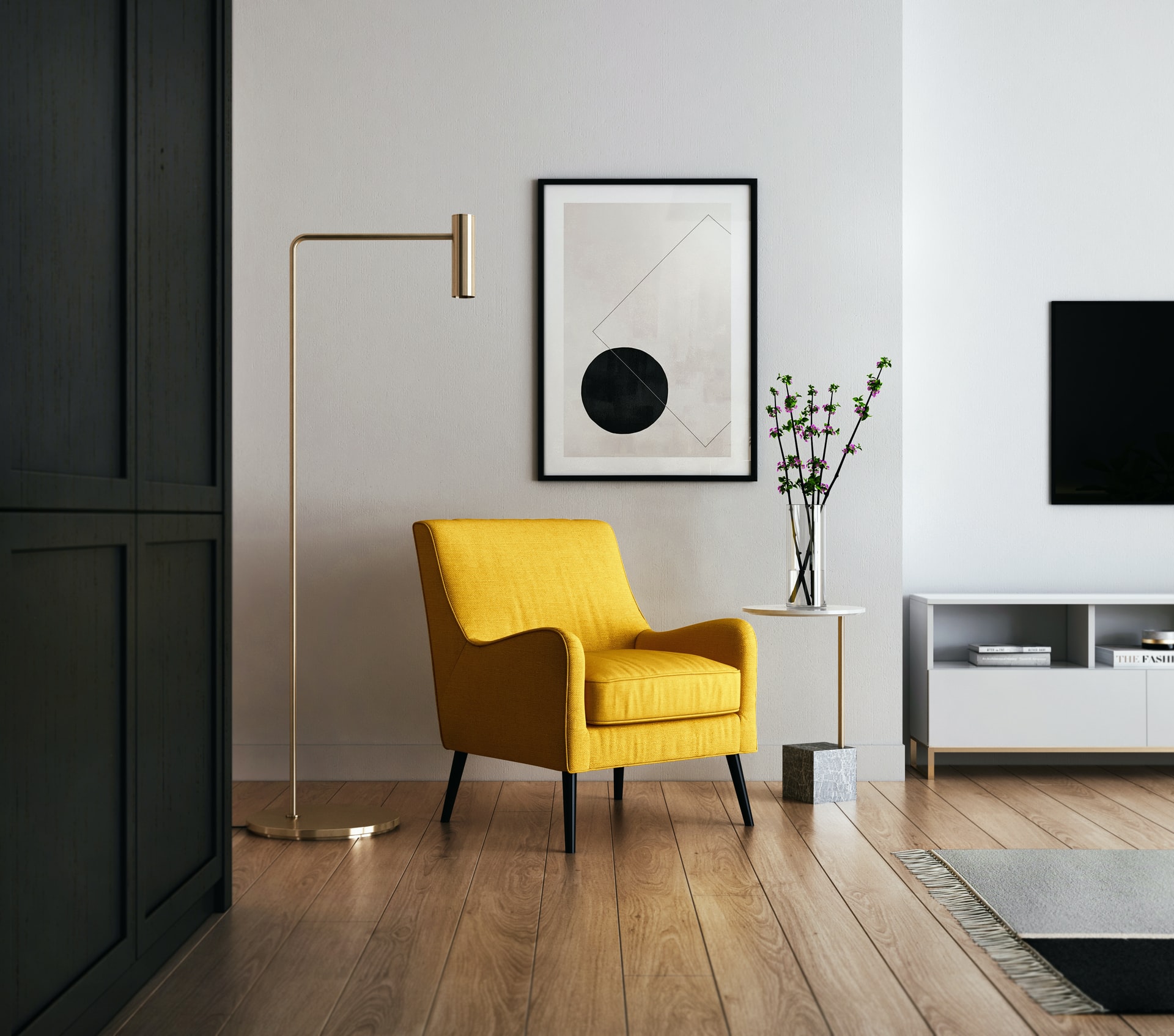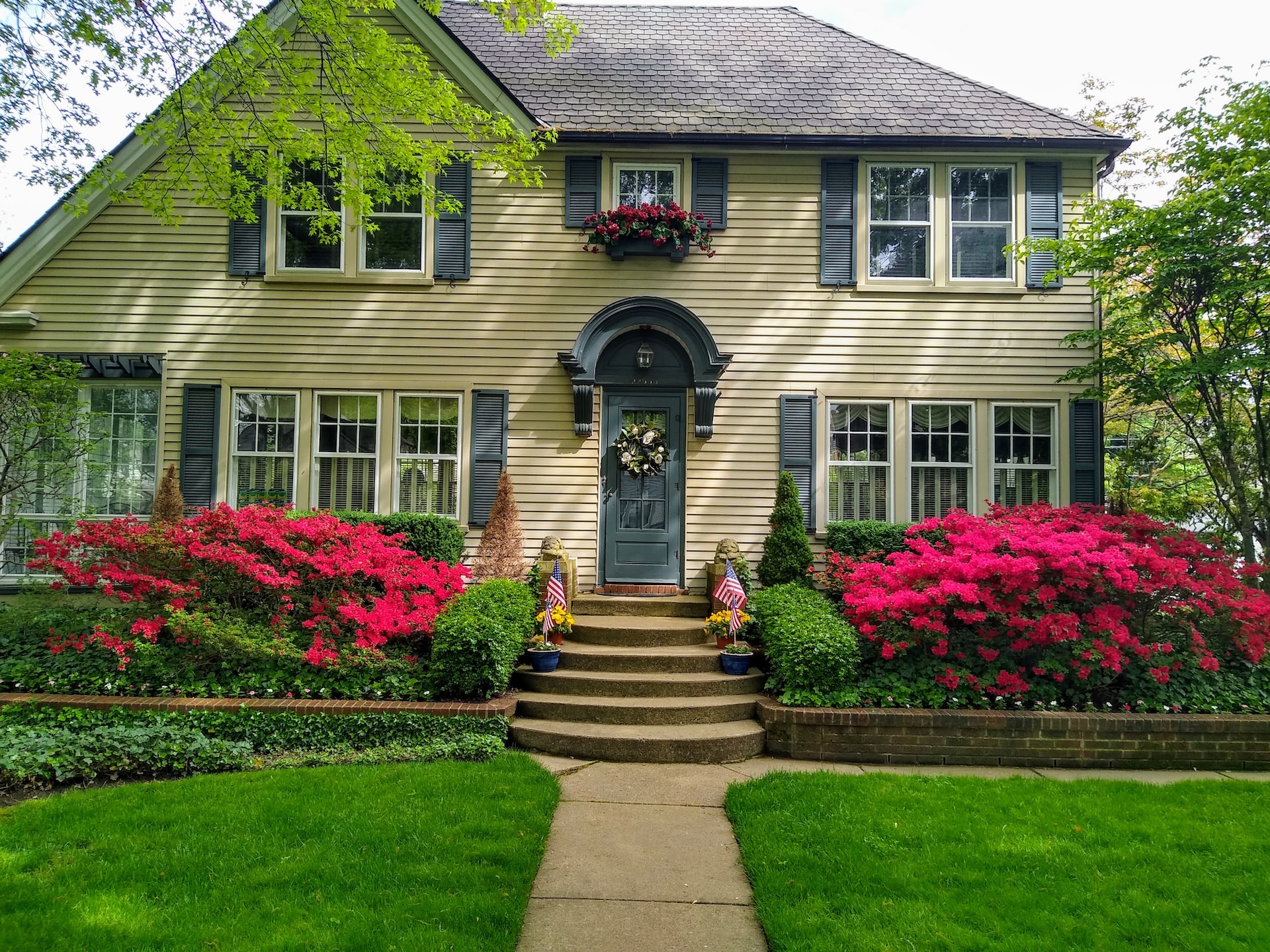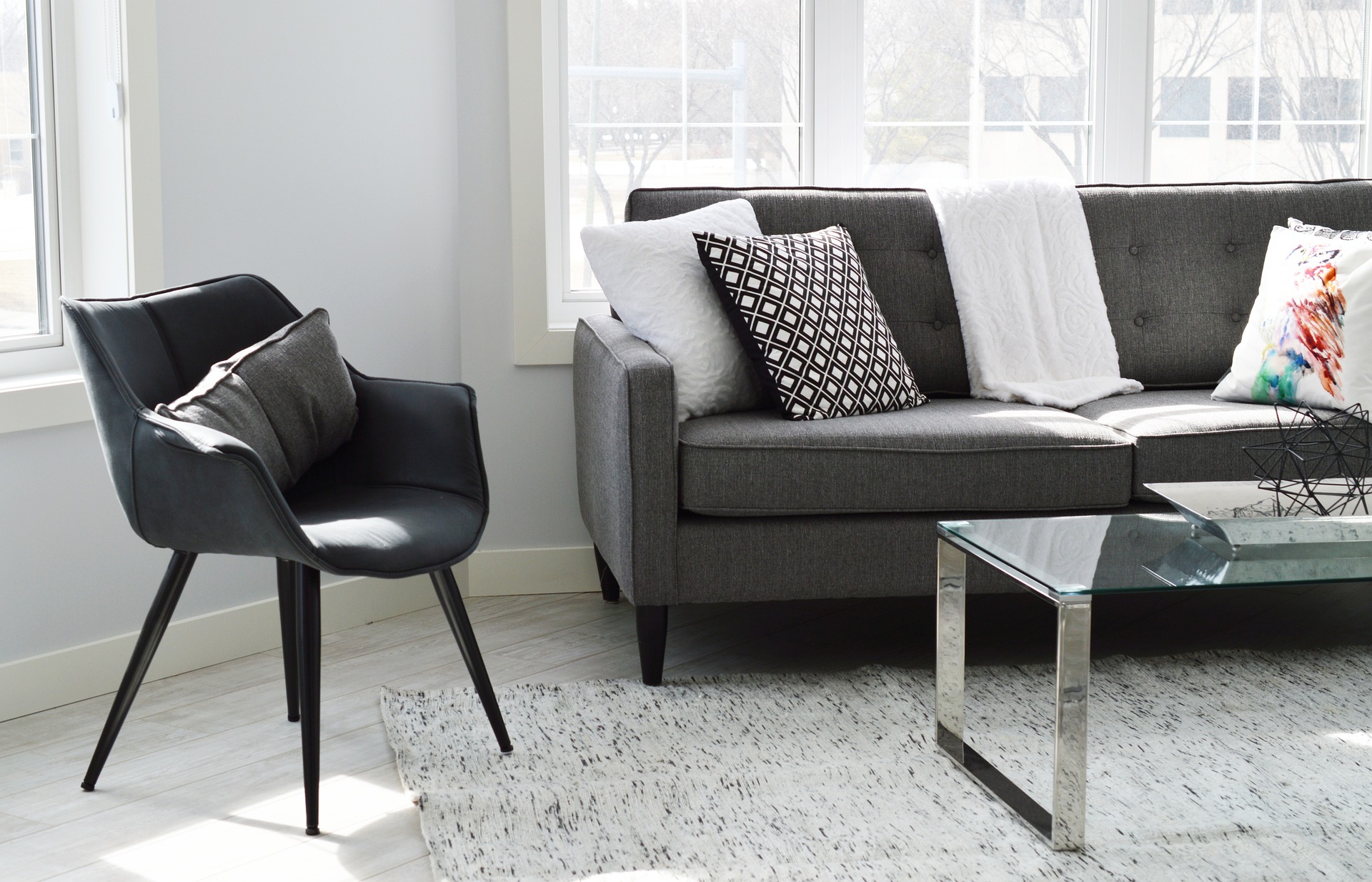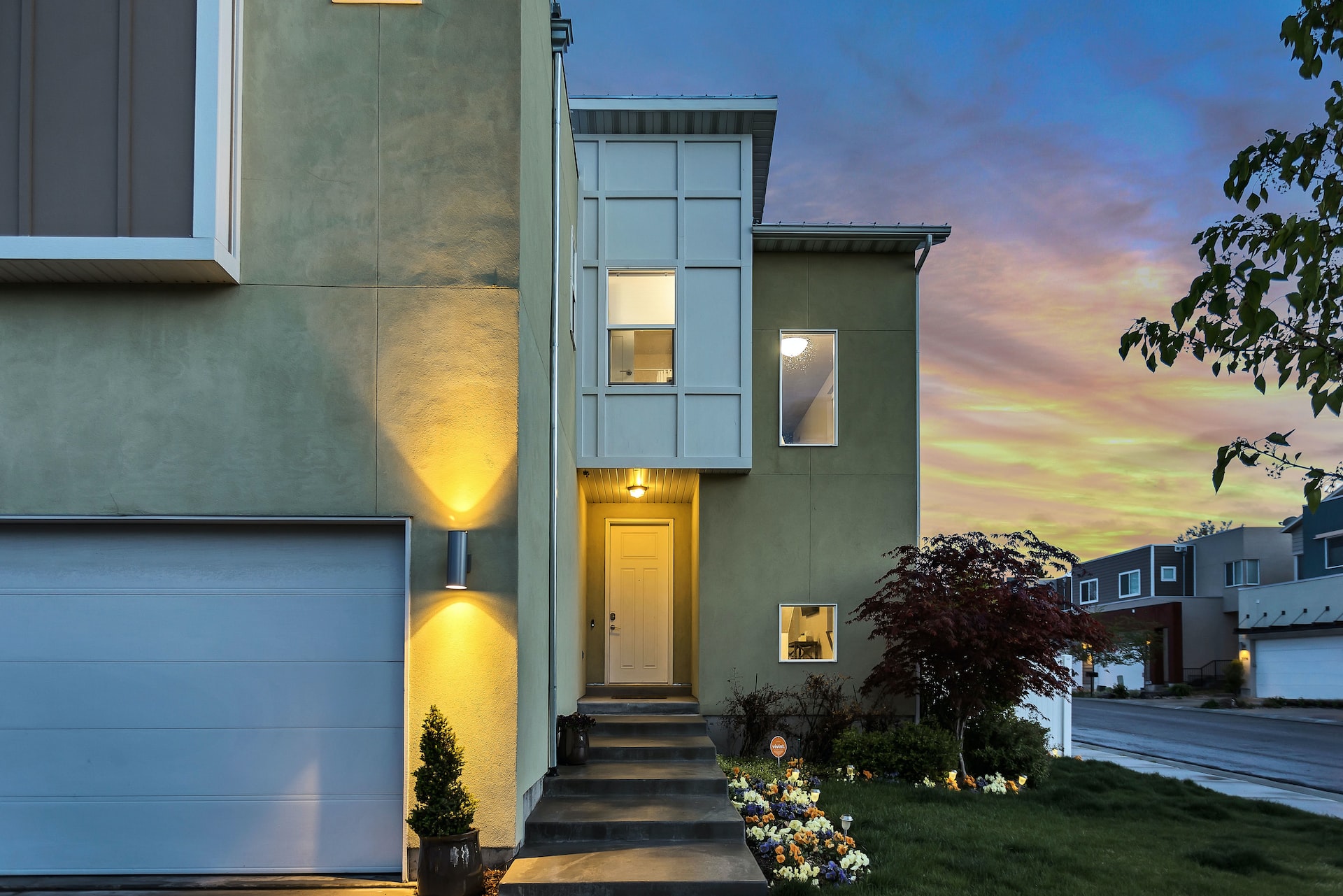Floors are often subject to a lot of wear and tear. This is because most homeowners spend at least some time on their floors every day. While this means that your flooring material must be durable, it also means that you should make sure that it is low maintenance. Otherwise, you might end up spending more time working on the surface than enjoying its protection. Most people do not have a designated room for themselves where they can relax after a long day at work or school. If you do not want to worry about keeping your floors clean, strong, and in good condition all the time, keep them covered with whatever type of flooring material best suits your needs and lifestyle.
In addition to being easy to maintain, these types of flooring also tend to be the most durable. This means that you will not have to put a lot of time, effort, and money into them for repairs or replacement. Instead, you can focus on refinishing your floor for an entirely new look. Below are some of the most durable low-maintenance types of flooring.
Concrete Floors
Concrete floors are some of the most durable and long-lasting types of flooring. They will last up to 30 years or more in commercial locations. You can get more information about how this is because they are made using high-quality materials like fine-grain cement, aggregate, and water from this link particularly. The best part about concrete floors is that they can take virtually any beating that you throw at them. Also, since these come in a variety of colors, there is no end to the array of floor designs that you can create with them.
So if your home has pets or young children running around all day, you might consider installing concrete floors. The surface is easy to clean; simply sweep the dirt off after every use and hose down once a week for a thorough cleaning. You will also not have to worry about stains or damage since these floors are very durable.
Ceramic Floors
Similar to concrete floors, ceramic tiles require little upkeep aside from regular sweeping with a vacuum cleaner or mop. They are also easy to maintain and do not absorb stains easily. However, they tend to be more fragile than concrete tiles. This means that you will have to handle the surface with care and refrain from placing heavy objects on it, particularly in commercial locations like gyms, hotels, and hospitals.
If you are looking for a floor design that is simplistic and modern, then this type of material might be ideal for your home. There are so many different styles and colors available that you can find something suitable for just about any décor or room.
Vinyl Floors
Although not as durable as concrete or ceramic tiles, vinyl floors are still sturdy enough to withstand constant foot traffic, spills, and other wear and tear without showing the damage within weeks of installation. This type of flooring also comes in a wide variety of designs, including wood-look tiles that will provide a cozy and rustic feel to your home. Since most vinyl flooring is water-resistant, you can even create kitchens with this material without having to worry about damage from spills or moisture absorption. Furthermore, there are some types of vinyl flooring that are anti-glare; these block out sunlight while still enabling views of the outdoors.
Most homeowners prefer this type because it is easy to clean and maintain. All you have to do is sweep daily, vacuum once a week, and mop as needed if your floor gets dirty. Vinyl floors also stand up well against stains and spills since the material cannot absorb liquids like plywood or particle boards might.
Wood Flooring
Last but not least, wood floors are a great choice since they tend to look natural and comfortable. Wood is also very durable; it can last for over 40 years with proper handling. However, this does mean that you will need to take extra care of them. For one, installation requires some heavy work using a table saw, hammer and nails. Not only do you have to make sure your floors lay flat against the ground so as not to cause tripping accidents when walking across them, but you also have to maintain them regularly for the material to remain strong and intact for years on end.
To maintain wooden floors properly, often sweep before sweeping daily and mop once a week. Avoid using abrasive chemicals to clean them; rather, use a dry mop, which is gentle enough to avoid scratches that might damage the material and discolor the wood over time. You should also never let water sit on wooden floors for too long since this can lead to mold growth and warping of the planks.
The most durable and low-maintenance materials that you should consider are concrete, ceramic, vinyl, and wood floors. Concrete is very sturdy. Ceramic tiles require minimal upkeep but can break easily. Vinyl requires less than a week of regular cleaning, while wood needs proper treatment by using a dry mop instead of corrosive chemicals to avoid discoloration or damage.






Leave A Comment